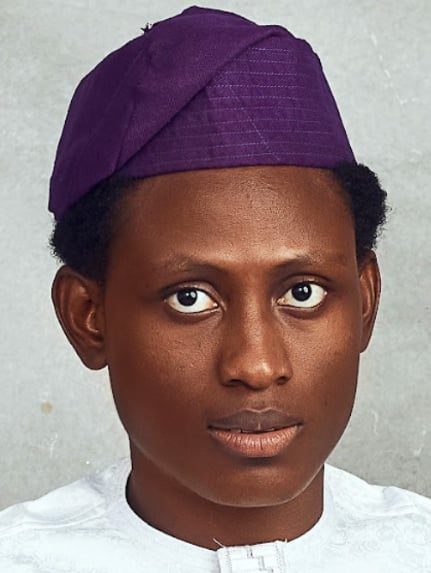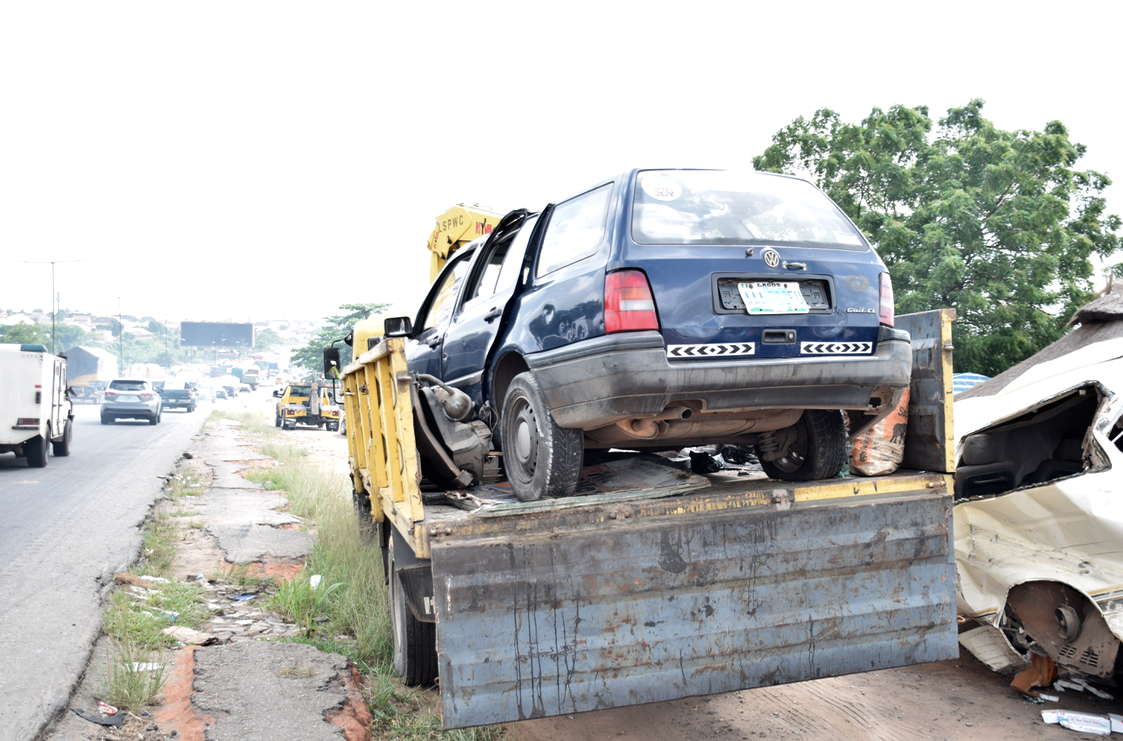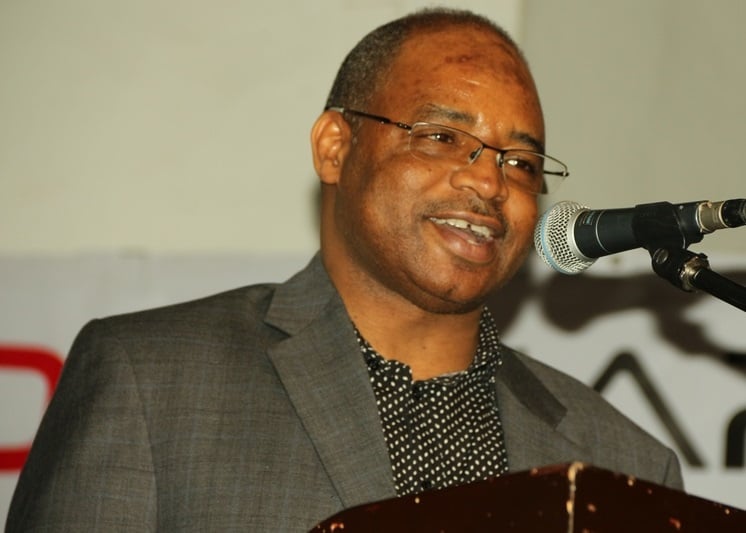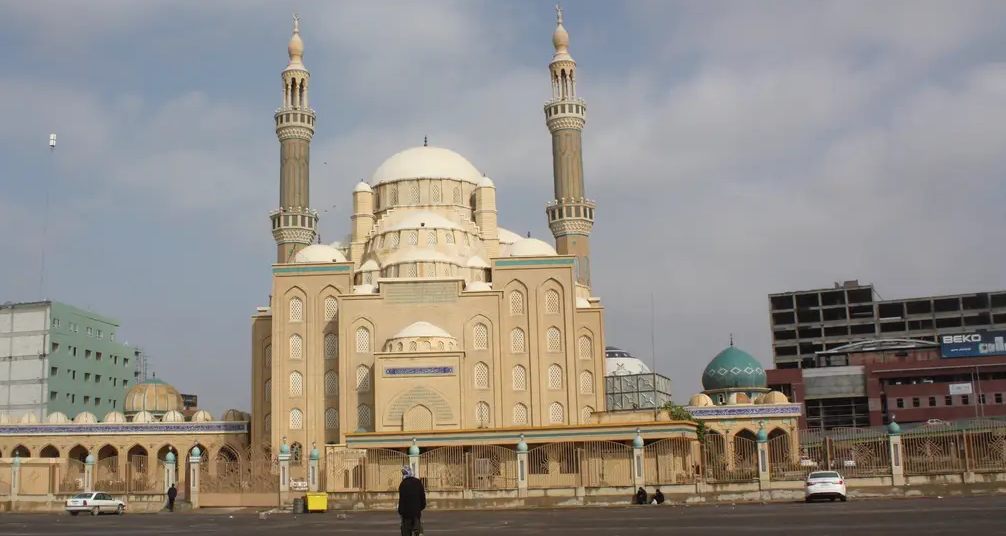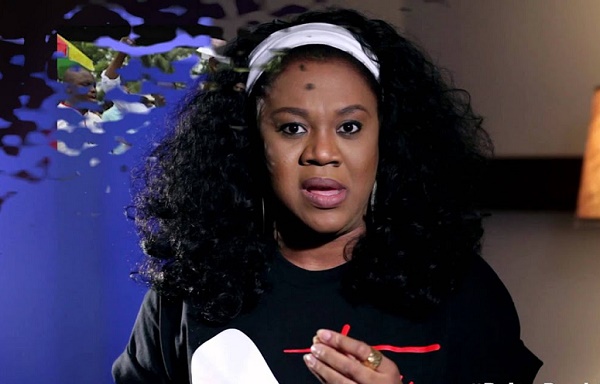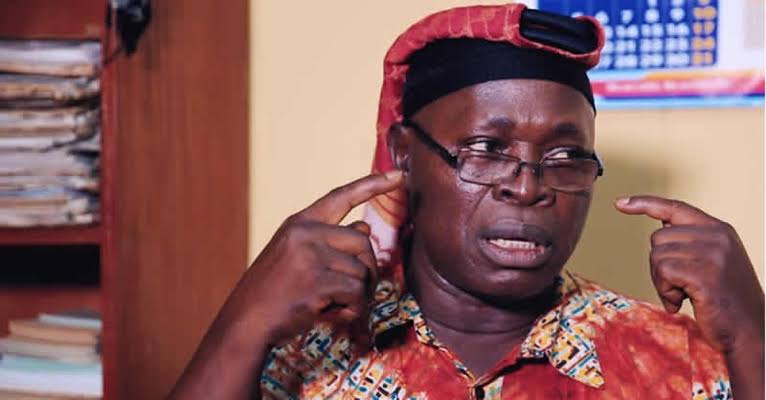Let me tell you a short story: In the early 2000s, there used to be a lot of accidents in the Ojoo end of the Lagos-Ibadan-Oyo expressway. Virtually every weekend, accidents occurred in this particular region of the long road. Cars burnt. Lives lost. Property reduced to ashes.
Generally, multiple accidents often occurred on the Lagos Ibadan expressway involving private cars and “oil tankers”. As a young boy, I had a close shave with one of such accidents. I was travelling with family and we missed the situation by a few minutes. When we got to the scene of the event, I literally saw people burning like one of those movie scenes depicting hell. One oil-laden truck collided with a commercial bus and led to a massive explosion. Not less than 10 cars were caught in this fire. It was one of the most painful events of my early years.
Travelling by road among Nigerians became a prayer point, as it still is to date.
The accidents at Ojoo were legendary, they happened too frequently. For example: In the second week of May 2011, a petrol tanker collided with a luxurious bus, killing at least 70 people. Less than two weeks after that incident, another accident of like manner occurred at the same spot, killing 15 people, including a pregnant woman. About two weeks later, there was yet another accident which saw four petrol tankers and seven cars reduced to ashes.
Advertisement
With this series of accidents, one narrative emerged: Witches at work. Nigerians began to postulate that witches and their blood-sucking demons had taken over Ojoo expressway, killing people by their hundreds every month. This became a very popular narrative in Ibadan at the time.
UNTIL ENGINEERING FIXED WITCHCRAFT
By December 2013, the government had concluded the construction of the Ojoo end of the Lagos-Ibadan expressway, erecting a massive roundabout at the site of the frequent fatal accidents. Like clockwork, the accidents disappeared.
All the witches and wizards blamed for the frequent accidents on the expressway were vindicated. It became clear that this was just a simple engineering challenge that killed hundreds of people every year. A majority of which could have been avoided if the engineering fix came on earlier.
Advertisement
It was a lesson to a large population of people who believed the witches were solely responsible for the multiple accidents in Ibadan at the time.
THE OTEDOLA WITCHES
Like the Ojoo of the past, Otedola bridge in Lagos has been the most popular accident spot in the state. In June 2018, a tanker laden with petroleum products exploded, killing at least 12 people and destroying 54 vehicles. At the time, there was a lot of anger in Lagos, and Nigeria generally over the accident.
If you remember, there was a voice note by a preacher that went viral, at the time, stating dates that Nigerians should not travel, one of the dates in the voice note was June 23, when the fire incident happened. The Pastor, who was later identified as Godslove Udensi, had given five dates when none of his followers should travel in or out of Lagos. The accident was ascribed to spiritual powers.
In September 2019, another tanker fell off the same bridge, spilling diesel and causing a shutdown of vehicular movement along this bridge, and on the Lagos-Ibadan expressway. A month later, another tanker fell on the same bridge, spilling nearly 33,000 litres of petrol. Four people were said to have been injured. Two days later, yet another tanker with 45,000 litres of fuel fell at the same bridge.
Advertisement
Many such accidents are recorded almost every month. In May 2020 for example, two of such have been reported. On May 5, loaded tankers laden with kerosene and diesel had a head-on collision in-ward Berger, no casualty was reported. May 21, another tanker collided with a bus, killing one and injuring a few others.
With these frequent accidents, don’t you think the witches are at work again around Otedola? Not the witches you know. The witches at Otedola bridge are solely engineering problems. First, many of the accidents were as a result of brake failure, which causes the truck drivers to lose control of these heavy-duty vehicles and lead to fatal accidents. That is a big engineering and regulation challenge, on the part of the drivers, who should check and service their brakes time and again before getting in the road.
Also, the Otedola bridge itself has a very steep gradient, which increases the likelihood of “brake failure” along the road. It may take a lot, but if the bridge was reconstructed to reduce how sloppy it is, then some accidents could be averted.
All I am saying is that, if seasoned civil engineers are made to re-examine the bridge, they can analyse the engineering causes of such incessant accidents and find a cost-effective way of fixing the problem. But by my experience with Ojoo, most road crashes in Nigeria are not caused by witches, but by simple engineering challenges — here and there.
Advertisement
ROAD ACCIDENTS KILL MORE THAN BOKO HARAM
It was Malcolm Gladwell who noted that road accidents kill more people in Europe and America than terrorism does in the region every year!
In Nigeria, I also looked at the data, road crashes kill more than Boko Haram and herdsmen kill every year. According to the National Bureau of Statistics (NBS), in the last three months of 2018, 1,538 people were killed in road crashes across Nigeria, while over 8,000 were injured.
Advertisement
Guess what? Boko Haram and Herdsmen did not kill as many people within the same time frame. Another perceived anomaly is that more accidents (145) were recorded in Ogun state than in Lagos state (92) within those three months, despite Lagos having at least double the number of cars in Ogun state. You know why? More of Lagos-Ibadan expressway is in Ogun than Lagos.
Road accidents are not the handiwork of witches, they are often simple engineering problems, which can and must be fixed.
Advertisement
Follow ‘Mayowa on Twitter @OluwamayowaTJ
Advertisement
Add a comment
